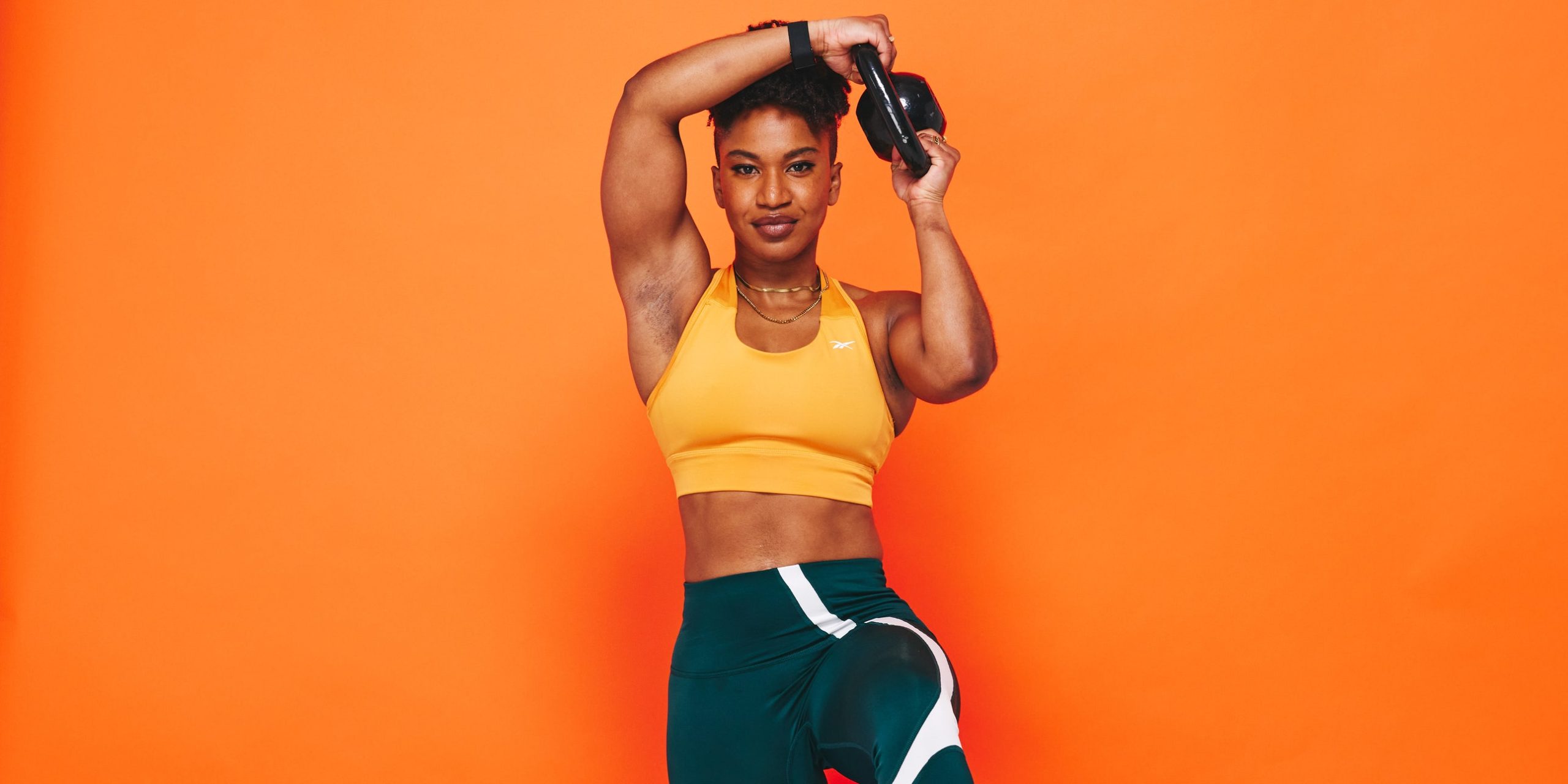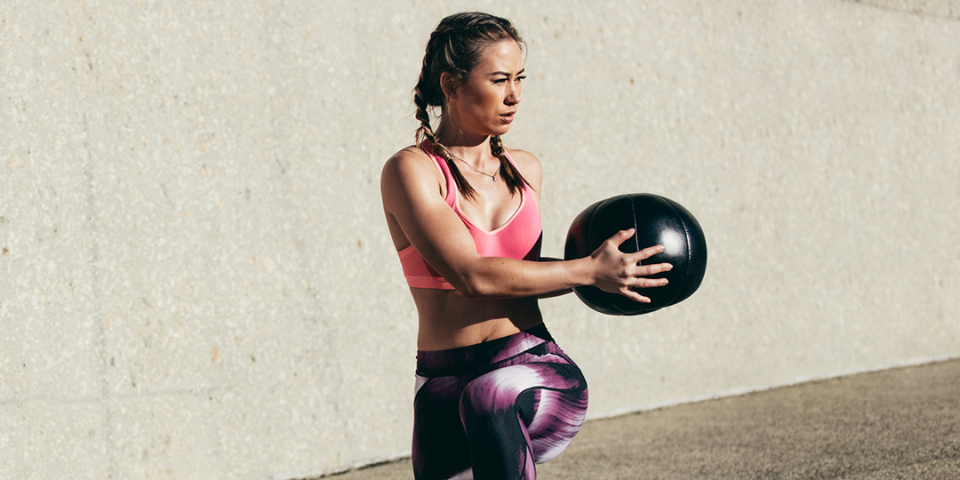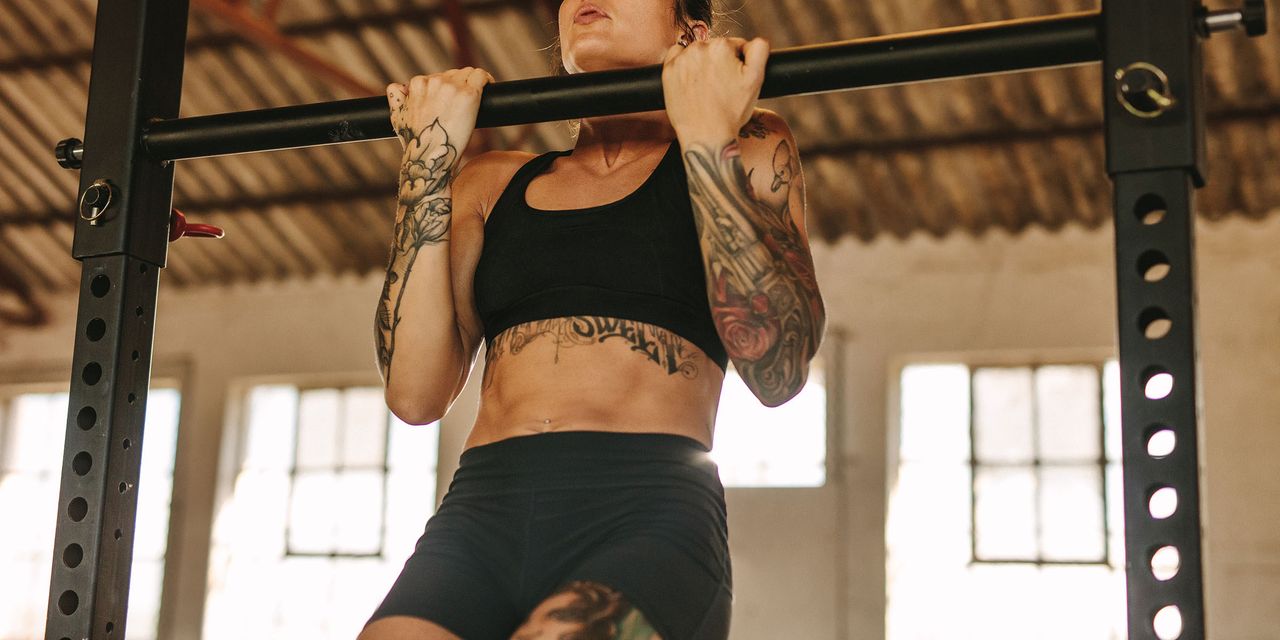The Best Exercises to Work Your Shoulders From Every Angle

Unfortunately, the rear delts, also called the posterior deltoids, tend to get neglected often, since a lot of us have a tendency to focus on working the muscles we can see in the mirror, Cloer says.
So how can you ensure all parts are getting the love they deserve? A surefire way is to incorporate shoulder exercises that have you moving this joint in different directions. Specifically, anything that involves raising your arm in front (like front raises) targets the front delt; anything that moves the arm out to the side (like lateral raises) hits the medial delt; and anything that involves pulling something behind you with a long arm (basically, a slight elbow bend that doesn’t change through the motion, like with a reverse fly) works the rear delt. (In fact, some of the best pulling exercises, like rows, hit your rear delts as well as your back.)
What are the benefits of doing shoulder exercises?
Think for a sec about all the ways you can move your shoulder. “It can go from out in front to behind our back to overhead,” Cloer says. But with that impressive range of motion comes inherent instability and elevated injury risk.
“The more mobility you have, the more strength you need to control that mobility,” Dr. Scantlebury says. If you don’t have that balance, injuries—like dislocations and subluxations—can crop up, he explains. This is why it’s important to include regular strength training into your routine, which is where shoulder exercises come in clutch.
Beyond that, the best shoulder exercises can also make those tasks of daily living that much easier. Like carrying all your groceries in one trip, putting away dishes on the top shelf, or even catching yourself if you fall. Having strong, healthy shoulders “makes us resilient to the activities of life that we’re going to encounter,” Cloer says.
What if I have shoulder pain or injuries?
This depends, of course, on the extent of your pain or type of injury. But in general, just because you’re hurt doesn’t mean you need to avoid shoulder exercises, Dr. Scantlebury says. In fact, weaving in more of them may actually be what helps you quash the aches, pains, and niggles if your issues are due to weakness or instability surrounding the joint. Also, there may be small tweaks you can make—like switching up your grip on the overhead press, for example—to make things more comfortable.
All of this can be pretty individualized, so if you’re wrestling with shoulder pain or injuries, Dr. Scantlebury suggests getting evaluated by an expert—like a physical therapist—to understand the best course of action for your specific sitch.
Can you do shoulder exercises at home without any equipment?
Absolutely! Like we mentioned, your shoulders aren’t your biggest muscle group, so you don’t need heavy weights to work them. In fact, in some cases you don’t even need light weights: There are a lot of bodyweight exercises you can do to effectively fire up these upper-body players—no dumbbells, kettlebells, or barbells required. One such example? Plank and push-up variations. These really work your shoulder stabilizer muscles. Dr. Scantlebury and Cloer are both fans of scapular push-ups (where you hold a high plank while squeezing your shoulder blades together) to work on scapular stabilization. The I-Y-T raise is another great move that’s bodyweight only: It challenges your shoulders to move in three different directions and really fires up your rotator cuff muscles as well as ones that connect to the shoulder blades, like the rhomboids and traps.
For more info on bodyweight shoulder exercises, as well as those that do involve free weights, take a look at the list below—you’re bound to find a new fave or two to add to your routine.





